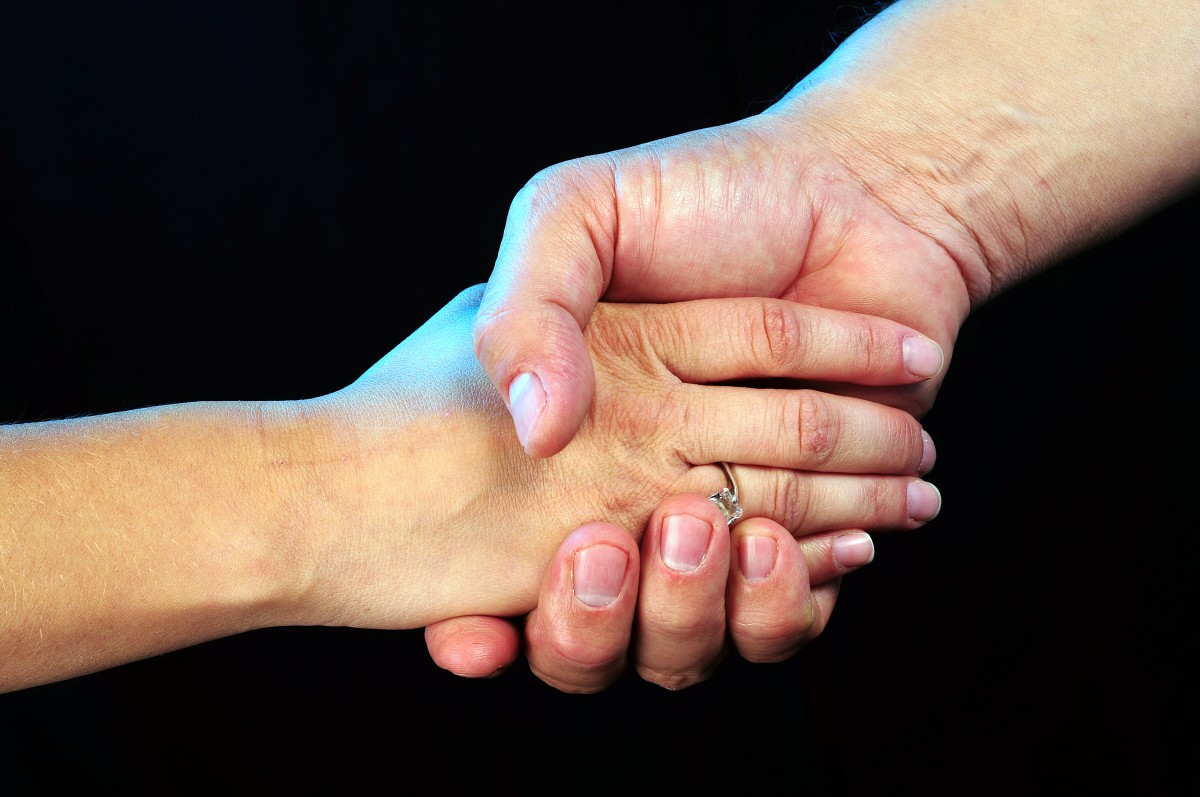
Between the holidays bringing people closer together and cold weather forcing them together, often in enclosed spaces, now is the time that illness-causing bacteria and viruses start jumping from host to host, having the time of their short, hedonistic lives.
One of the best ways of minimizing their rampage, and the chances of getting sick, is by keeping our hands clean. Thanks to our hygiene-obsessed culture, we have at our disposal a whole arsenal of anti-germ tactics, from fancy hand sanitizers to good old soap and water. But how do they stack up against each other? Microbiologist Michelle Sconce Massequoi has some opinions about it — and also about handwashing technique, which is often the weakest link in the illness prevention chain.
The first main strategy is to reduce the number of bad bacteria or viruses on our hands:
“Studies have shown that effectively washing with soap and water significantly reduces the bacterial load of diarrhea-causing bacteria.
The second strategy is to kill the bacteria. We do this by using products with an antibacterial agent such as alcohols, chlorine, peroxides, chlorhexidine or triclosan.
[…]However, there’s a problem. Some bacterial cells on our hands may have genes that enable them to be resistant to a given antibacterial agent. This means that after the antibacterial agent kills some bacteria, the resistant strains remaining on the hands can flourish.”
While there does appear to be some extra benefit to having anti-bacterial properties in the soap, regular soap and elbow grease goes a long way towards knocking out hand-based bacteria, as well as avoiding the development of more dastardly superbugs. Sudsing up all the surfaces of your hands (including wrists, if needed!) for between 15 and 30 seconds — “about the time to sing ‘Happy Birthday’ twice,” says Sconce Massequoi — is key. (A recent NIH study of a college town population’s hand hygiene habits returned the sobering average scrub length as six seconds. While the refined focus of the study didn’t include a look at subsequent illness rates, I think we can all agree that that comparative light rinse sounds gross.)
Dear reader, as you gather your family around you this winter, or press an elevator button, or muscle your way through a subway trip beside some dude who unrepentantly sneezes on you four times, I wish you all good luck in keeping colds and viruses at bay. It’s heartening to remember that we are not powerless against them — our best tools to stay healthy are literally in our hands!